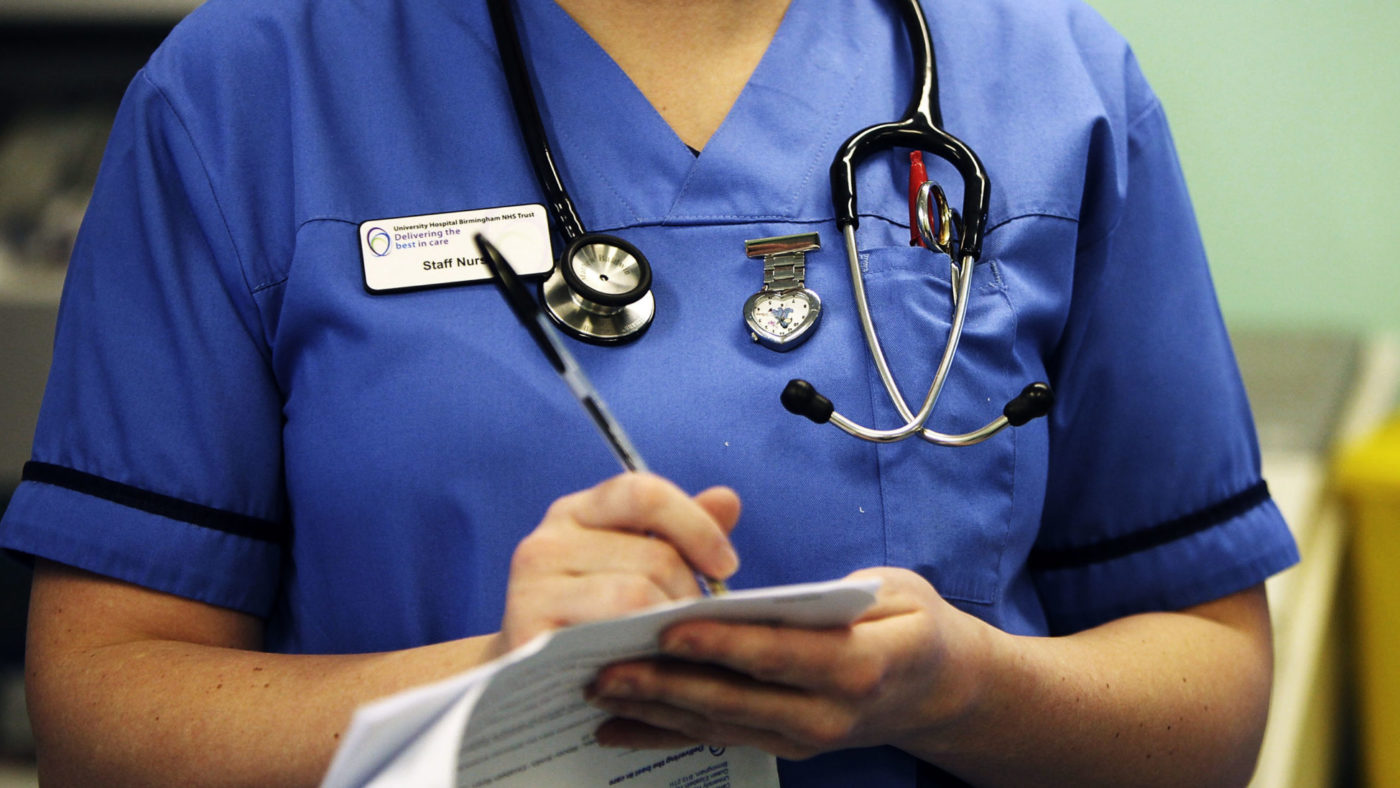In a famous sketch from the 1987 Spitting Image Election Special, Neil Kinnock and Roy Hattersley stand up in a car in a town centre, brandish a red megaphone, and proceed to shout “nurses!” repeatedly to the assembled crowd.
In recent weeks, the public debate over NHS funding has resembled that scene. The line between satire and reality has vanished.
A Resolution Foundation report published on Tuesday is the latest salvo in that debate. After pointing to a few graphs about public concern over the NHS, the authors proceed to explain how much more taxpayers’ money needs to be pumped into the system, and precisely which taxes need to be increased to do so.
There’s nothing wrong with the way the Resolution Foundation handles the question of how to fund an increase in NHS spending. They rightly argue, for example, that the much-discussed option of a National Insurance rise would not be a fair solution.
The problem, however, is the narrow question they try to answer. The conversation around the NHS rests on a seemingly immovable consensus that the service needs a lot more money, and is therefore entirely focussed on how much spending and taxes need to go up by. Spending has become an end in itself, with success measured not against the healthcare outcomes that really matters, but through annual budget increases and ratios of healthcare spending to GDP.
It is a sad reflection of our country’s politics that almost everyone in Westminster shies away from any discussion whatsoever of what the NHS should actually be spending its budget on, for fear of being accused of advocating “NHS cuts” or “privatisation by the backdoor”.
The first rule of economics is that resources are finite. Whatever level the NHS’s budget is set at, there should be no shame in wanting to ensure it delivers the best possible service out of that budget.
Frustratingly, the only time the debate ever seems to break out of “how much to spend” territory and toys with “where to spend it” is on the question of pay. The Royal College of Nursing offers endless soundbites to TV and radio lamenting the penury of nurses in today’s NHS, as if the RCN was an impartial voice rather than the trade union that it is.
Once you take into account the fact that pay went down in the private sector during the recession while in the public sector it continued to rise, NHS employees are actually no worse off now than they were before the financial crisis relative to the private sector
In the last few months the government has agreed an NHS pay deal which includes billions of pounds in extra funding. Philip Hammond is reportedly set to announce a whole new long-term funding settlement. The speculation is that he will promise 3 or 4 per cent year-on-year real-terms increases in spending for the next five or even 10 years, as a “birthday present” to mark the 70th anniversary of the establishment of the NHS.
The problem with more money for the NHS is that it has an unfortunate habit of using its budget less efficiently the more funding it is given.
For example, over the first decade of the 2000s, when Labour increased the resources going into the healthcare system by an average of 5.2 per cent per year, NHS productivity rose by just 0.6 per cent annually. From 2010 onwards, resources have risen by an average of only 2.3 per cent per year, but this has been offset by the fact that productivity has risen by a much healthier 1.4 per cent on average.
It is vital that any substantial loosening of the purse strings is accompanied by a clear strategy for how that money will be used to increase efficiency and productivity within the NHS, so that patients and taxpayers get as much bang for their buck as possible. Take the NHS capital budget, which is frequently raided to ease pressure on the frontline; £1.2 billion was diverted in 2016-17 alone. This is money which should be going towards improving facilities, updating NHS systems and raising productivity and care quality in the long-term.
If extra NHS funding is coming, the government should set aside a substantial chunk of this for capital investment. Ideally, this money should be ringfenced into a dedicated Health Productivity Fund which is focussed specifically on modernisation and greater efficiency. If spent wisely, that will help to reduce the long-term pressure on borrowing and taxpayers.
The Resolution Foundation report points out that the Chancellor has a decent amount of “fiscal headroom”, because the forecasts for the deficit are comfortably within the targets the Government set itself a few years ago. The 2 per cent deficit target for 2020-21 is currently set to be met with about £15 billion to spare. However, that extra spending also means the stated aim of a balanced budget by the mid-2020s sails even further beyond the horizon.
If there is a concerted effort to drive up NHS productivity, backed up by a big injection of capital over the next four or five years, then by the mid-2020s the NHS might well be able to deliver the level of service being talked about by people like the Resolution Foundation for comfortably less money than they are predicting will be needed.
We constantly hear politicians talking about the need to “invest in our NHS”. They usually just mean more money.
Without a proper debate about where that money should actually go, our healthcare system will become an ever-increasing burden on our economy and public finances, and ultimately prove unsustainable.


